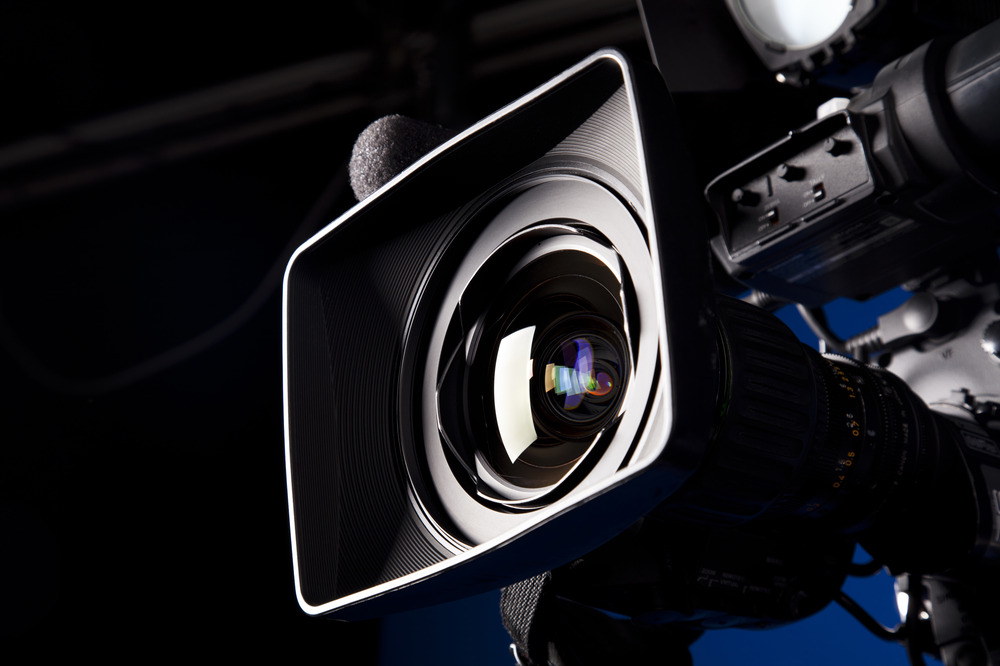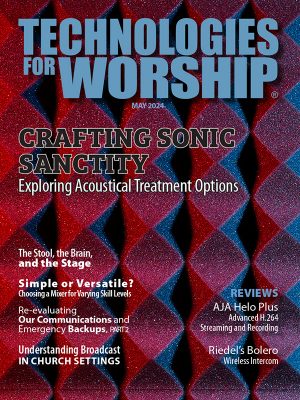
Video camera lenses are essential tools in the art of capturing captivating footage, whether you’re filming a documentary, a cinematic masterpiece, or a personal vlog. Mastery of these lenses, their diverse types, unique features, and how they influence your shots can significantly enhance your videography prowess. In this comprehensive guide, we’ll dive deep into the intricacies of video camera lenses, covering everything from the fundamental concept of focal length to lens mounts and essential accessories.
Focal Length and Zoom Lenses
At the core of lens understanding lies the concept of focal length. It determines the field of view and magnification of your shots. Prime lenses, with fixed focal lengths, offer unparalleled sharpness and are ideal for specific framing needs. On the other hand, zoom lenses provide versatility, allowing you to adjust the focal length for various compositions without changing lenses.
Lens Types and Uses
Wide-angle lenses encompass a broad scene, making them perfect for capturing expansive landscapes or creating a sense of vastness in tight spaces. Standard lenses, with their versatile focal lengths, are go-to options for everyday shooting, portraits, and general videography. Telephoto lenses excel in bringing distant subjects closer and compressing perspective, ideal for wildlife photography or cinematic close-ups. For extreme close-ups and detailed shots, macro lenses deliver exceptional magnification capabilities.
Lens Features and Technologies
Image stabilization is a crucial feature, especially for handheld shooting, as it reduces camera shake and ensures smoother footage. Aperture settings control the amount of light entering the lens, affecting depth of field, bokeh quality, and overall exposure. Understanding different lens mounts, such as EF, E-mount, or PL mount, is essential for compatibility with various camera systems and lenses.
When selecting lenses, consider the specific requirements of your project, whether it’s filming worship from a single position, on-the-move opportunities, or creating pre-produced video for announcements and social media.
Lens Accessories
Filters like UV filters for lens protection, ND filters for exposure control, and polarizers for enhancing colors and reducing glare are indispensable tools for videographers. Lens hoods play a vital role in preventing lens flare and shielding the lens from stray light. Lens adapters open up possibilities by allowing you to mount lenses from different systems onto your camera, expanding your creative options.
Choosing the Right Lens for Your Project
When selecting lenses, consider the specific requirements of your project, whether it’s filming worship from a single position, on-the-move opportunities, or creating pre-produced video for announcements and social media. Balancing budget constraints with the quality and features of lenses is essential. You can opt to rent lenses for specific projects or invest in purchasing them based on your long-term needs and preferences.
Maintenance and Care
Proper maintenance ensures the longevity and optimal performance of your lenses. Regularly cleaning lenses using recommended techniques and products is crucial for preserving image quality. Storing lenses in protective cases and avoiding extreme environmental conditions safeguards them from damage and ensures they’re always ready for use.
Mastering the intricacies of video camera lenses empowers videographers to unleash their creativity, capture stunning visuals, and convey compelling stories. By delving into focal lengths, lens types, features, and maintenance practices, you can elevate your videography skills and produce professional-grade content that resonates with your audience.





